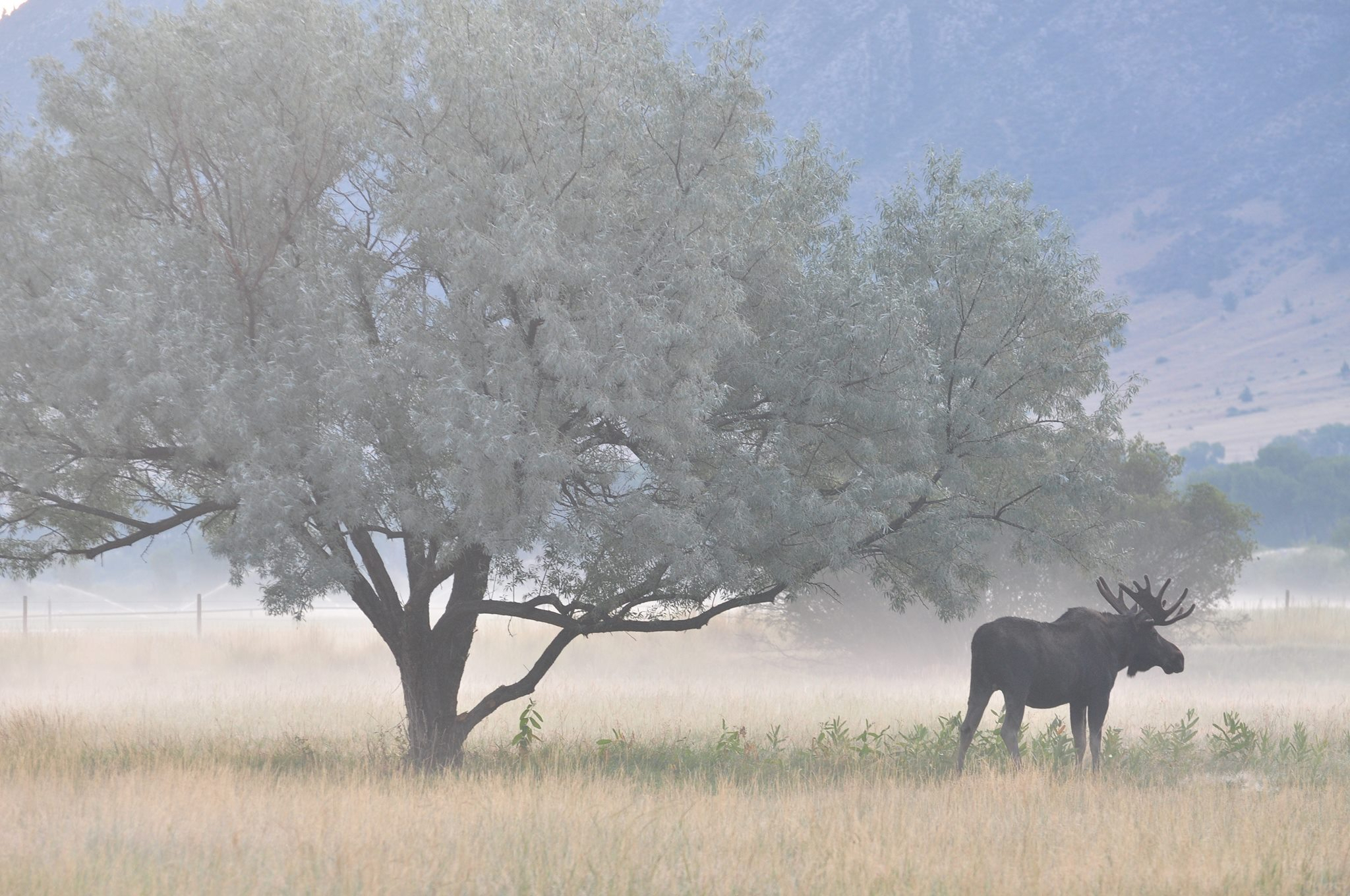Light travels faster than sound, which is the reason that some people appear bright before you hear them speak
Why aren’t smart people happier?
ALSO, WHETHER YOU HAVE HAIR LEFT: Cortisol concentrations in your hair may reveal how stressed you have been
Poetry isn’t an island, it is the bridge.
Poetry isn’t a ship, it is the lifeboat.
Poetry isn’t swimming. Poetry is water.
Convention, Tradition, and, Not Least, Religion'
In less than two months in the winter of 2019-20 we lost four of the elders, teachers, guides: On November 24, Clive James and John Simon; December 30, Gertrude Himmelfarb; January 12, Roger Scruton. I had been reading Simon the longest and he probably produced the most laughs (“Miss Streisand looks like a cross between an aardvark and an albino rat surmounted by a platinum-coated horse bun.”). For sheer entertainment value in multiple genres, James takes the prize. Scruton made philosophy accessible to non-philosophers and was a writer we can describe without irony as “wise.”
Nobel Prize winner interrupted by pornographic video in Italian senate Italians have been left stunned by an event which took place within the nation's senate on Thursday afternoon, with a Nobel Prize winner being interrupted on stage by a pornographic video.
Giorgio Parisi, winner of the Nobel Prize in the field of physics, was due to give a speech at the senate session that was being hosted on Zoom.
‘For Them I Am a Prey’. The Hidden Exploitation of Punjabi Women in Italy
Sydney was at one stage a leading nightlife destination and as such we fostered some of the best musical talent in a plethora of clubs around the city. From the depths of Kings Cross all the way over to Pitt St in the CBD and back towards the queer district of Oxford St, hundreds of nightlife venues have come and gone and here are some that we consider iconic for their own reasons.
Kings Cross of Cauldron and Rogue clubs.
You wouldn't think by looking at it, but one of Sydney's most infamous nightclubs once operated beneath the Altamont Hotel. The Cauldron was one of Sydney's hottest clubs in the late 1970s and early '80s; people lined up around the block to get in. Apparently Madonna and the Rolling Stones once used the hotel's Loft Room as a changing room, before using its secret staircase to visit the Cauldron below.
Legacy parties like Mad Racket, held at the Marrickville Bowls Club and with a respectable reputation – no fights or noise complaints – suddenly became the target of police operations.
There was a recession in Australia in the early 90s which meant Sydney’s industrial area – only 10 minutes from the city – was abandoned with empty warehouses. It was a matter of driving around and picking an empty warehouse and then going to the real estate agent and giving them some cash in exchange for the key for the weekend. They knew what was going on.”
A lot of the organising was DIY and the promoter was often the DJ. Cheap flyers were distributed among a lucky few – futuristic, technological designs with blown out letters and cartoon-style illustrations filling the borders. Abel recalls one rave packaging flyers with jelly beans. There were 2000 in total - filled personally by family and friends.
An Oral History of the Rise and Fall of Sydney's Once-Magical Club Scene
Hiss remained a lifelong liar. Chambers begins his memoir, Witness (1952), with a twenty-one-page “Foreword in the Form of a Letter to My Children”:
“Then, on August 3, 1948, you learned for the first time that your father had once been a Communist, that he had worked in something called ‘the underground,’ that it was shameful, and that for some reason he was in Washington telling the world about it. While he was in the underground, he testified, he had worked with a number of other Communists. One of them was a man with the odd name of Alger Hiss. Later, Alger Hiss denied the allegation. Thus the Great Case began, and with it our lives were changed forever.”
Ruins of a life
Some more architectural insights: an interview with Eyal Weizman of Forensic Architecture / reviewing the writings of Mark Fisher / reviewing the life of Mike Davis / more Neom-related ragings: Line in the Sand, Head in the Clouds (‘Am I in a Martian colony or in Hudson Yards?’). But what a ruin it would make / related, a visit to Canada’s 1980s ghost town, Kitsaultin British Columbia / elsewhere, Abandoned Modernism in Liberia and Mozambique.
//
Why are there so many bikes in the water? Time for some magnet fishing / The NRA Children’s Museum, an installation / photography projects by Richard Barnes / the ultimate what-if: ‘Missing hard drive could fund Newport crypto hub‘. That ‘could’ is doing a lot of work / how the Soviets retro-engineered the B-29 / What to do with a crumbling church, New York edition / the Archives for the Unexplained / Bad Moon Rising, EVOL, and Sister: Sonic Youth’s dark American trilogy / an Atari in Lego.
//
A farewell to Bernard Cribbins. Dangerous Davies, not his finest moment (in a career of very fine moments), but fun nonetheless / musical objects from Yamaha Design Laboratory / Emotional Heritage, blue plaques for the quotidian moment (via b3ta) / also via b, Notable People, a globe populated entirely by Wikipedia biographies / The Software That Changed Architecture: Reflecting on 40 Years of AutoCAD. See also the evolution of AutoCAD / cars photographed glossily by Olgun Kordal / architectural design by Matsys / paintings by Robert Newton / still enjoying Harry Dwyer’s 1,700 miles in a tiny speedboat series, a circumnavigation of the British Isles.
